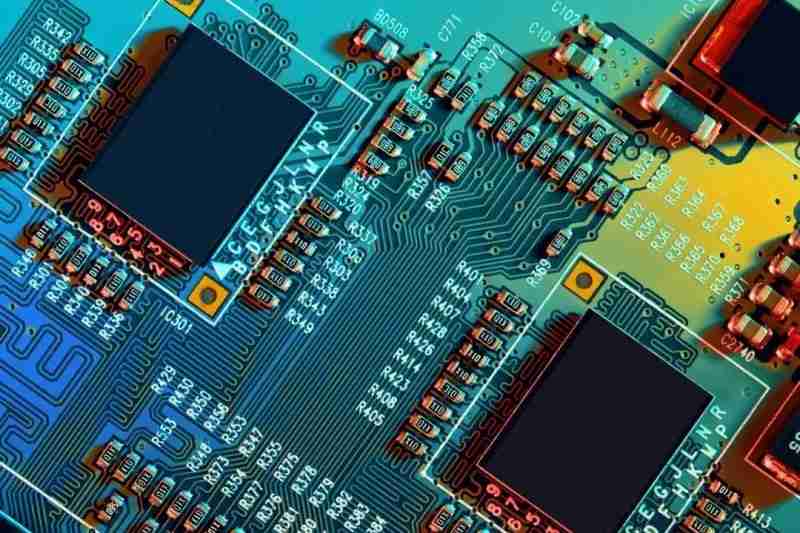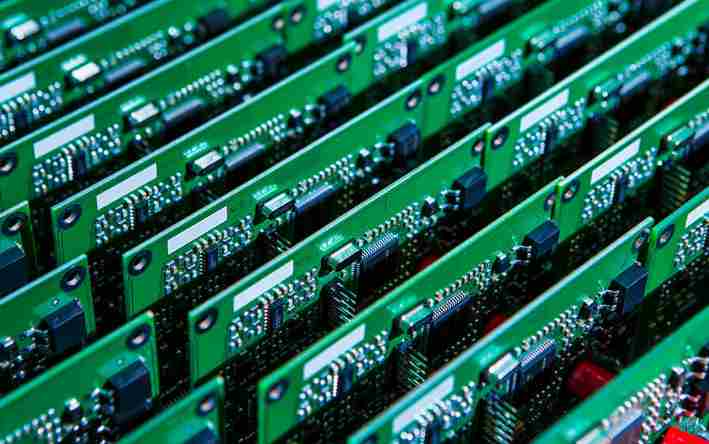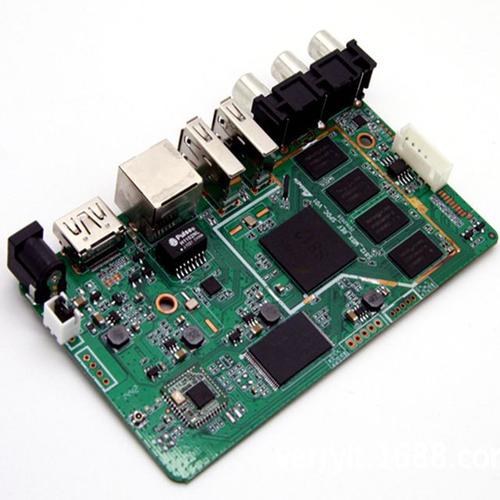
The mounting hole in PCB board is an important element in electronic design. Every PCB designer understands the purpose of the PCB mounting hole and the basic design. Moreover, when the mounting hole is connected to the ground, some unnecessary trouble can be saved after installation.
How can I use PCB holes to reduce EMI?
As the name suggests, the PCB mounting holes help secure the PCB to the housing. However, this is its physical mechanical use, in addition to the electromagnetic function, PCB mounting holes can also be used to reduce electromagnetic interference (EMI). PCBS that are sensitive to EMI are usually placed in metal enclosures. To effectively reduce EMI, the plating PCB mounting hole needs to be connected to the surface. After grounding the shield in this way, any electromagnetic interference from the metal casing will be directed to the ground.
A common question a novice designer will ask is what ground are you connecting it to? In common electronic devices, there are signals, case bases and ground. As a rule of thumb, mounting holes should not be connected to signal ground. It is not a good idea to introduce electromagnetic interference into the signal ground, which is the reference point for the electronic components of your circuit design.

What you want to connect is the case case grounding. This is the junction point of all ground connections of the cabinet. Case grounding should be connected at a single point, preferably through a star connection. This avoids causing ground loops and multiple ground connections. Multiple ground connections can cause a slight voltage difference and cause current to flow between the ground of the case. The case is then grounded to the ground for safety measures.
Why is it important to have proper ground connections?
If the shell base of the PCB board is a metal shell, then the entire metal shell is the earth. The ground wire of the 220V power supply is connected to the earth, and all interfaces need to be connected to the earth, and the screws should also be connected to the earth. In this way, incoming interference during EMC testing is emitted directly from earth to earth without interfering with internal systems. In addition, EMC protection devices must have each interface, and should be close to the interface.
If it's a plastic case, it's best to have a metal plate embedded in it. If there is no way to achieve, then it is necessary to consider more in the wiring layout, sensitive signal (clock, reset, crystal oscillator, etc.) line need to preserve the ground processing, increase the filter network (chip, crystal oscillator, power supply).
Connecting plating mounting holes to the chassis is best practice, but it is not the only best practice to follow. To ensure that your device is protected, your case grounding must be connected to the appropriate grounding terminal. For example, if you build a self-parking payment machine that is not properly grounded, you may have customers complaining of "electrocution" while paying. This can happen when a customer touches a non-insulating metal part of the case.
It is also possible to receive a mild electric shock when the case of the computer power supply is not properly grounded. This can also occur when the ground cable that connects the electrical outlet to the floor of the building is disconnected. This may result in floating grounding on the corresponding machine.
The principle of EMI shielding depends on proper grounding connections. Having a floating ground connection not only exposes your customers to a mild electric shock, but may compromise the safety of your users if your equipment shorts out. As shown in the figure below, proper grounding is important for safety and EMI shielding.
Basic skills for designing PCB mounting holes
PCB mounting holes are often used in the design. When installing mounting holes, there are a few simple basic principles. First of all, note the coordinates of the mounting holes. An error here will directly result in your PCB not being properly installed in its housing. You also need to make sure that the mounting holes are the right size for the screws you choose.
Generally do not place the mounting hole too far on the edge of the PCB. Too little dielectric material at the edges may cause cracks in the printed circuit board during installation or removal. You should also leave enough clearance between the mounting holes and other components.









